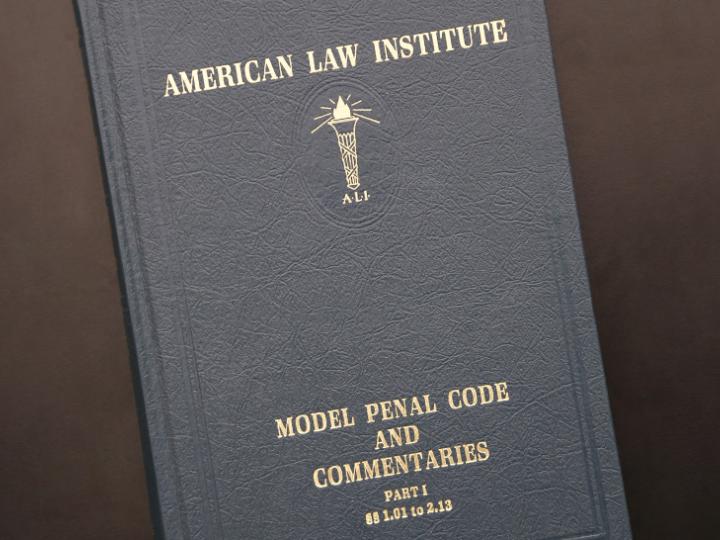In a recent case, the Court of Appeal for California’s Second District praised the Model Penal Code—a “longstanding and prestigious authority that is persuasive”—and relied on the Code’s definition of “assault” in concluding that a motorist could commit assault with a deadly weapon using a car. People v. Bipialaka, 246 Cal. Rptr. 3d 177 (Ct. App. 2019).
In that case, the defendant, after using methamphetamine, made a hood-like mask out of a shirt “to freak people out,” and started driving to a hospital at a fast speed, leading to a police chase. During the chase, he ran a red light and, while yelling threats, deliberately aimed his car at a couple in a vehicle that had entered the intersection on a green light, because he “was just going crazy and felt like freaking them out.” Although he swerved in time and managed to avoid a collision with the other driver, who stopped his vehicle in fear for his safety, a jury convicted the defendant of, among other things, two counts of assault with a deadly weapon against the couple.
On appeal, the defendant argued that insufficient evidence supported his convictions for assault with a deadly weapon, because driving through a red light did not probably and directly result in the application of force to a person. The Court of Appeal disagreed and affirmed the convictions, relying heavily on the assault provisions of the Model Penal Code, which were consistent with and explained California law “simply, clearly, and precisely.” The court cited Comment 5 to § 211.1 of the Model Penal Code in explaining that, traditionally, a car could be a deadly weapon. Moreover, the court explained that the defendant “attempt[ed] by physical menace to put another in fear of imminent serious bodily injury,” and therefore committed an “assault” within the definition of Model Penal Code § 211.1(1)(c).
In making its decision, the court explained that California courts routinely turned to the Model Penal Code for guidance and clarity, because it offered “precision in a field long plagued by imprecision.” The court noted that:
“The Model Penal Code’s influence has not been confined to the reform of state codes. Thousands of court opinions have cited the Model Penal Code as persuasive authority for the interpretation of an existing statute or in the exercise of a court’s occasional power to formulate a criminal law doctrine.” (Robinson & Dubber, The American Model Penal Code: A Brief Overview (2007) 10 New Crim. Law Rev. 319, 327.)
The court explained that § 211.1 of the Model Penal Code, which was formulated from the common-law crimes of mayhem, battery, and assault, meshed with California’s statutory definition of “simple assault,” which governed here and was also from the common law. Section 211.1 was consistent with, and simplified and clarified the analysis in, the controlling California Supreme Court decision, People v. Williams, 111 Cal. Rptr. 2d 114 (Cal. 2001). In addition, it further illustrated that substantial evidence supported the defendant’s convictions for assault with a deadly weapon.
